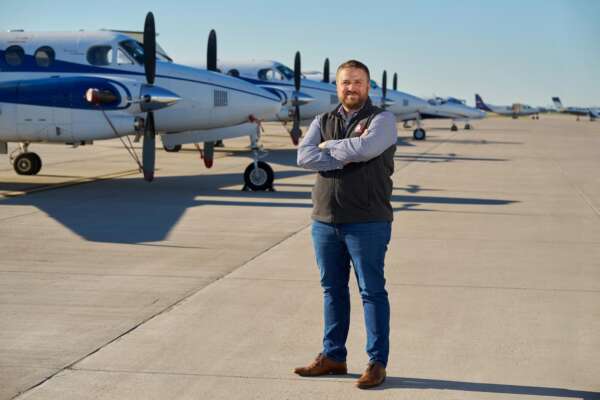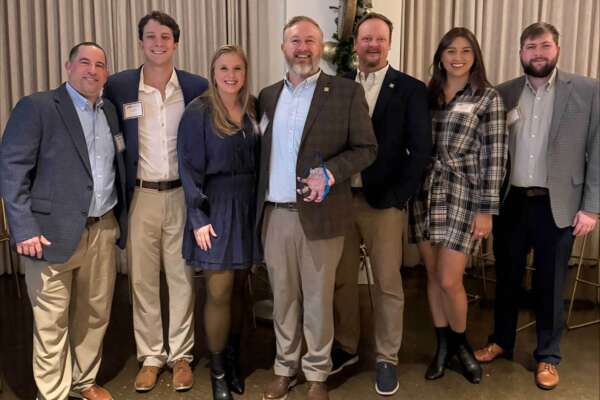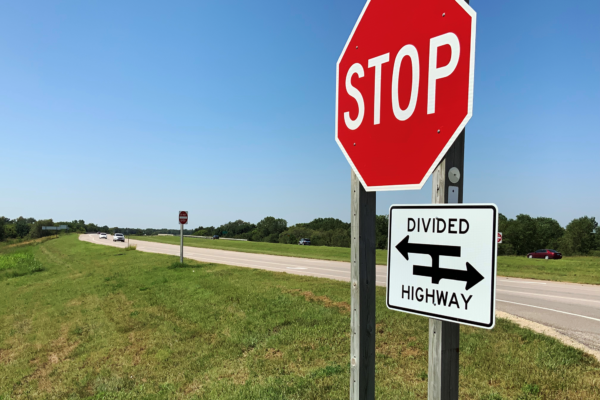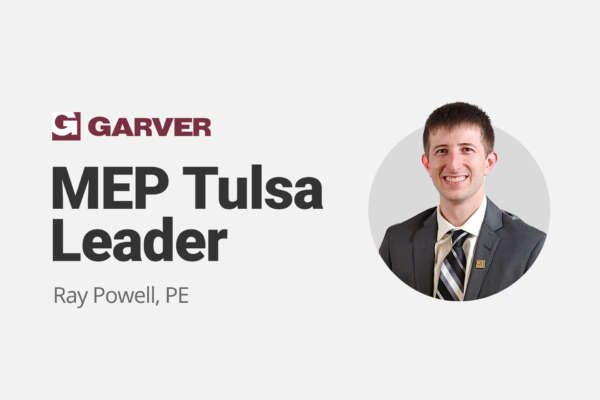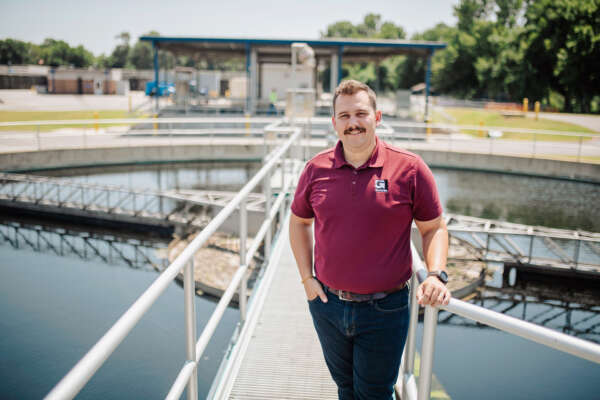Texas Water 2023
Houston, Texas | Apr. 11-14

Texas Water, a joint annual conference of the Water Environment Association of Texas (WEAT) and the Texas Section American Water Works Association (AWWA), is the largest regional water conference in the United States. Each year, Texas Water includes technical sessions, exhibits, competitions, networking opportunities, and more. Garver supports the water and wastewater industry by maintaining involvement through WEAT and AWWA, and we’re excited to continue that involvement at this year’s Texas Water.
Technical Presentations


2:30-3 PM CT
The ABCs of Technical Writing: Improving Readability Using Accuracy, Brevity, and Clarity
Writing is work for most engineers, but it’s also a major part of their daily job. However, the writing most engineers learn in school is not the kind of writing needed for work after college. This interactive session aims to improve the quality of engineering writing through accuracy, brevity and clarity, making reports, technical memos, proposals, and other documents more accessible and understanding for readers.
PRESENTERS: Process Mechanical Engineer Abigail Graves and Technical Writing Team Leader Jami Castillo

11:20-11:50 AM CT
Use and Benefits of GAC Adsorption in Potable Reuse Applications
As various regulatory authorities around the country are engaged in the development of regulations for indirect potable reuse (IPR) and direct potable reuse (DPR), granular activated carbon (GAC) adsorption is identified as one of the major technologies needed for producing potable water. This presentation will provide basic education about treatment processes that include GAC as an essential component and typical design features of this technology along with a description of how it can address multiple treatment objectives.
PRESENTER: Water Practice Leader Zaid Chowdhury, Ph.D., PE, BCEE
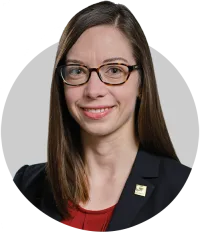
11:20-11:50 AM CT
Softening Without the Sludge: Piloting Pellet Softening for Drinking Water Treatment
Hard water creates challenges for consumers, including scaling of glassware and hot water heaters and increased use of soaps and detergents. In 2022, Garver and the Project 7 Water Authority (P7WA) piloted pellet softening reactors as a pretreatment for direct filtration of surface water using ultrafiltration membranes and granular media filters, generating calcite pellets suitable for beneficial use. This presentation discusses the pellet softening process and how it can fit into groundwater and surface water treatment trains.
PRESENTER: Distribution System Water Quality Practice Leader Ashley Pifer, Ph.D., PE
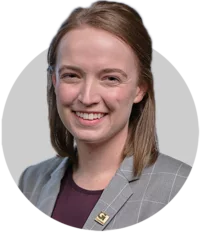
1:45-2:15 PM CT
How to See it All: Machine Learning for Prediction of Manhole Condition
An important aspect of an asset management program is the prioritization of assets for inspection, rehabilitation, or replacement based upon factors such as consequence of failure and likelihood of
failure. Inspection of manholes and gravity mains is both a time-intensive and expensive process. By incorporating a predictive model into an asset management approach, utilities can inspect a fraction of their assets, having prediction results give information about all assets systemwide, which can be used to target inspection and maintenance efforts. This presentation discusses the application of a machine-learning predictive model for evaluating manhole physical conditions, highlighting a case study from a mid-sized Texas utility that has successfully implemented this approach.
PRESENTER: Project Engineer Samantha Greivell
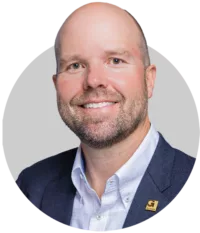
1:45-2:15 PM CT
A Utility Might Not Own That Connection, But They Own What Comes Down It – Getting the Most Out of Trenchless Lateral Rehabilitation
This presentation will provide an introduction to trenchless rehabilitation and no-dig repair strategies used to remediate sewer lateral connections, as well as an overview of the different rehabilitation methods available to address common problems. Advantages and limitations of various lateral rehabilitation methods will be discussed, along with common pitfalls which can be avoided through proper planning, design and installation procedures and QA/QC considerations specific to lateral rehabilitation.
PRESENTER: Infrastructure Practice Leader Jeff Maier, PE
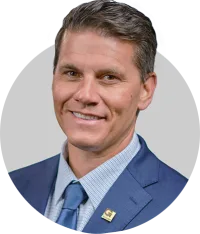
2:20-2:50 PM CT
How a $200 Air Release Valve Postponed a $2,500,000 Booster Pump Station Project by Years – A Valuable Lesson in Air-Locking
When Garver reviewed existing as-builts for pipelines and pump stations at Widefield Water and Sanitation District’s Integrated Water and Wastewater Hydraulic Masterplan just south of Colorado Springs, Colorado, they found 18 locations in the distribution systems that did not have air release valves at intermediate highpoints in the pipeline profiles. The recommendation came for the operations staff to install a $200 combination air valve, allowing a consistent increase in air flow to avoid potential air-locked locations and lowering the energy intensity. This resulted in WWSD not having to install a $2.5 million Booster Pump Station upgrade as originally anticipated. This presentation will cover basics in air management theory in pressurized pipes and the energy impact of alleviating the air, as well as how the air mitigation project was deployed.
PRESENTER: Water and Energy Practice Leader Eric Dole, PE, PSAP

